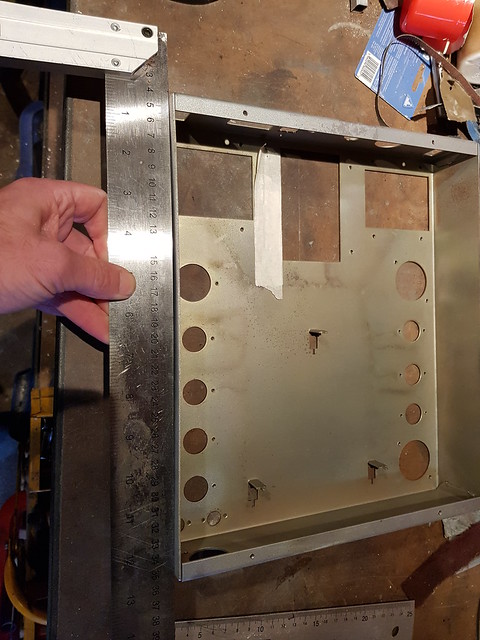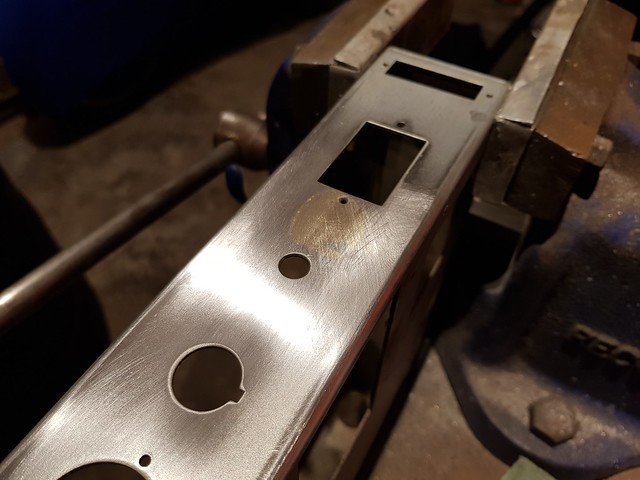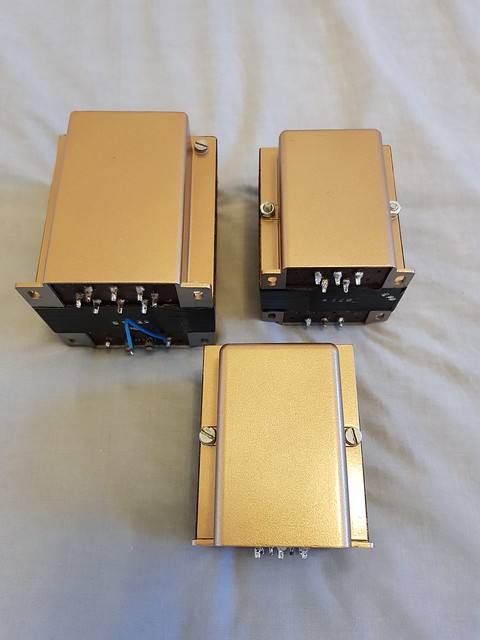Mike P
Trade: Pickwell Audio
Yes the first one. Aha! Glad it’s gone back to original.
my second question - would you restore to a custom colour??
I like the original colours myself but yes I could do it, provided I can get the paint mixed. For example if you wanted a specific car colour that'd be easy to do.
Earlier this year I visited English Acoustics and saw their Stereo 21C painted in all sorts of colours and to a very high standard too.



 ST20 rear showing chassis damage
ST20 rear showing chassis damage ST20 screw holes on side of chassis
ST20 screw holes on side of chassis Chassis blasted
Chassis blasted ST20 chassis dent
ST20 chassis dent Hammer and dolly
Hammer and dolly ST20 hole filled ready for solder
ST20 hole filled ready for solder ST20 chassis repair
ST20 chassis repair ST20 screw holes filled
ST20 screw holes filled Transformer cases painted
Transformer cases painted Transformer case imperfections
Transformer case imperfections retaped transfomer
retaped transfomer ST20 loom
ST20 loom ST20 6 chassis painted
ST20 6 chassis painted ST20 6 date code
ST20 6 date code ST20 6 painted transformers
ST20 6 painted transformers ST20 6 angle
ST20 6 angle ST20 6 top
ST20 6 top ST20 6 underside
ST20 6 underside St20 6 rear
St20 6 rear ST20 6 board side view
ST20 6 board side view